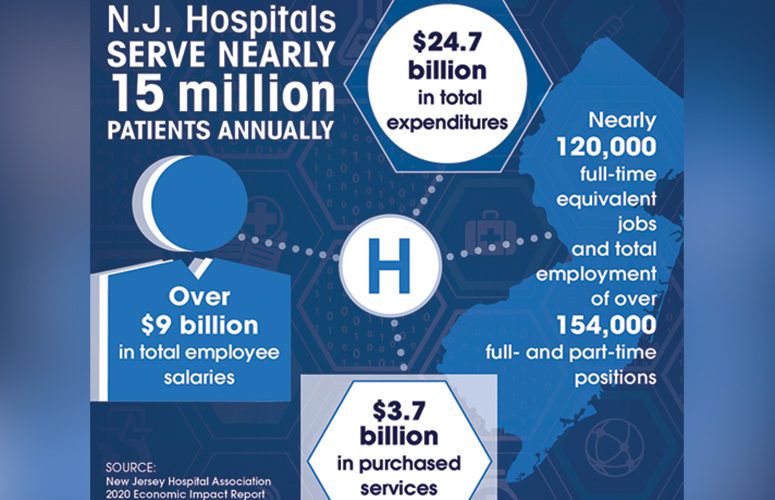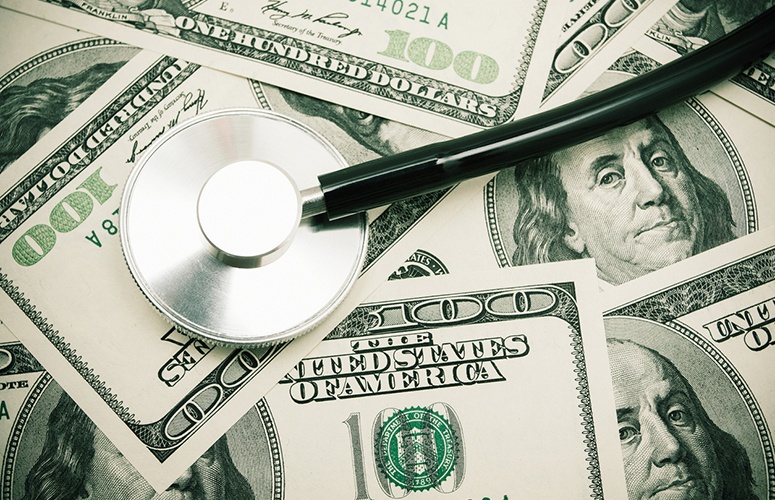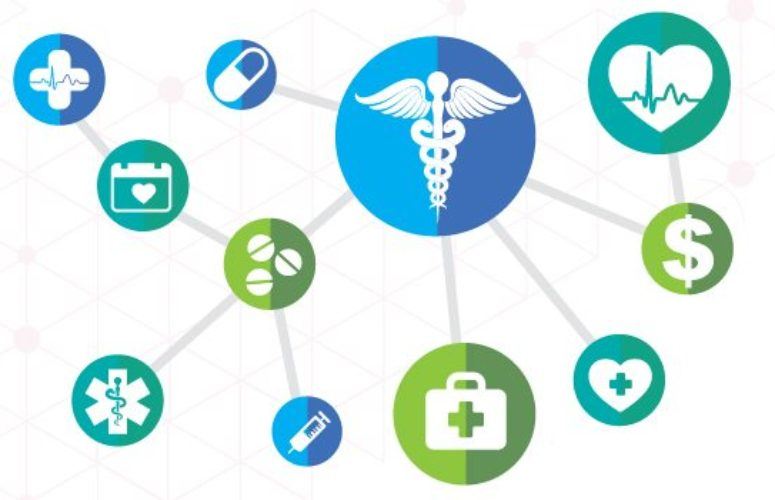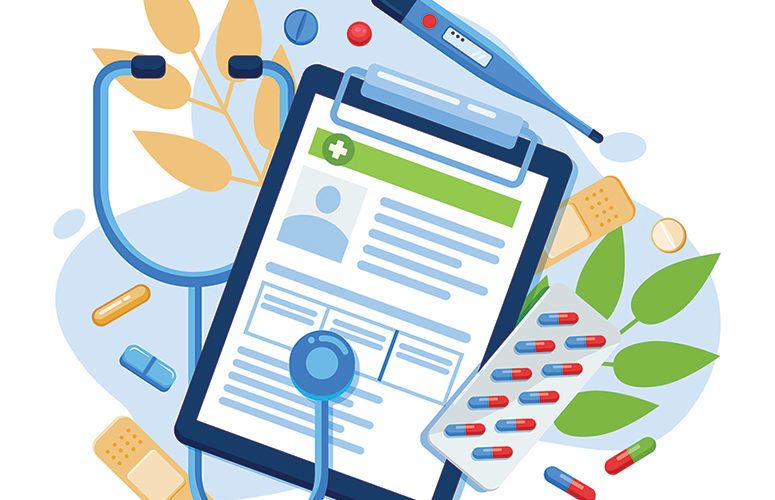
N.J. Hospitals: Anchors of Healthy Communities
On Apr 6, 2020Two new studies by the New Jersey Hospital Association demonstrate hospitals’ roles as anchors of their communities, providing more than $24.7 billion in total contributions to the state’s economy, including $3.2 billion in contributions to promote community well-being.
NJHA’s 2020 Economic Impact Report and 2020 Community Benefit Report provide 2018 data aggregating the economic and community benefits delivered by the state’s hospitals, including more than 154,000 jobs.
“The health of New Jersey residents relies on both the economic underpinnings of good jobs and economic investments, along with commitment to community programs and social determinants of health,” says NJHA President and CEO Cathy Bennett. “New Jersey hospitals provide both, in abundance. They are anchor institutions that support the well-being of communities all across our state.”
Key findings from the Economic Impact Report include:
New Jersey hospitals recorded $24.7 billion in total expenditures in 2018, an increase of more than $1 billion from the 2017 total of $23.6 billion.
Those expenditures ripple throughout state and local economies, including $3.7 billion in goods and services purchased from other businesses.
New Jersey hospitals pay more than $9 billion in salaries, providing spending power that further supports the economy.
The 2020 Community Benefit Report is based on data reported by nonprofit hospitals in accordance with nationwide standard definitions from the Catholic Health Association. The $3.2-billion total for 2018 surpasses the 2017 tally of $2.8 billion. Details include:
The largest category totaling $2 billion is the amount of free and discounted care provided by the state’s hospitals, including $370 million in charity care for those without insurance; $314 million in unpaid costs caring for Medicare beneficiaries; $135 million in unpaid costs caring for Medicaid beneficiaries; and $1.2 billion in unpaid, uncollectable patient care costs, also known as bad debt.
Hospitals provided $61.3 million in community health improvement services, with more than 31 million encounters with community members. These programs focus on health improvement in communities through education, prevention and other services. Examples of community health improvement services include immunization clinics, health screenings and nutrition and fitness programs.
Community benefit also includes the costs of training the next generation of physicians, nurses and other healthcare professionals, which is critical with workforce shortages intensifying as the population ages. These education programs are valued at $260.7 million, serving 32,874 people.
The total also includes $880.7 million in other community benefit services, which include voluntary contributions to municipalities and community groups, medical research and subsidized health services that fill a specific community need but are operated at a loss.
“Hospitals make sizeable contributions to their communities. In fact, looking at these two reports side by side shows that hospitals’ community benefit contributions represent 13% of their total economic activity,” says Sean Hopkins, senior vice president of NJHA’s Center for Health Analytics, Research and Transformation (CHART).
Both reports are available online, with added features. The 2020 Economic Impact Report (www.njha.com/resources/economic-impact-report/) provides searchable data fields by county and individual hospital. The 2020 Community Benefit Report (www.njha.com/community-benefit-2020/) provides a photo gallery of hospital community benefit in action across New Jersey communities.
To access more business news, visit NJB News Now.
Related Articles:





